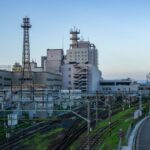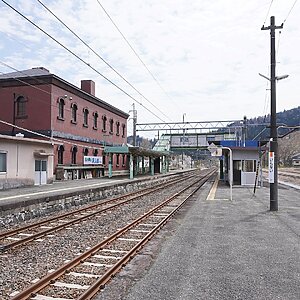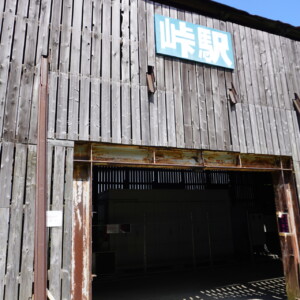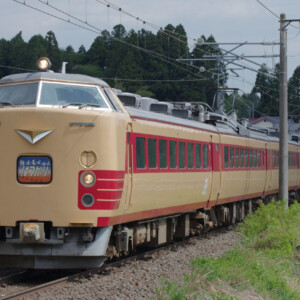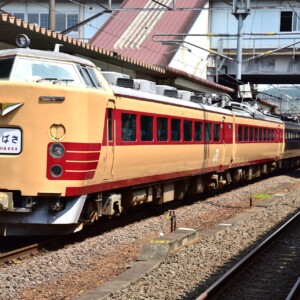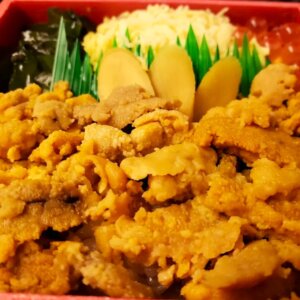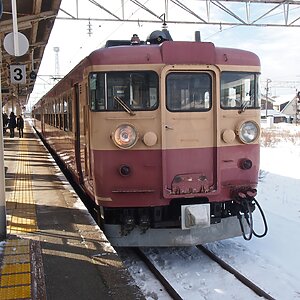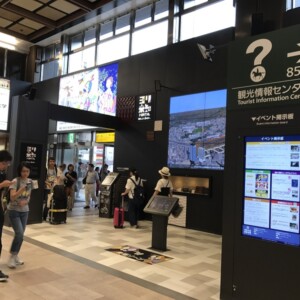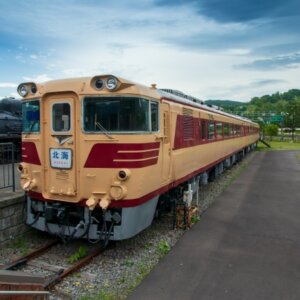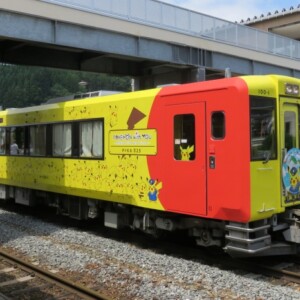
Kintaro? What is the EH500 type electric locomotive that is mainly used on the Tohoku Main Line?
table of contents
In addition to the trains that are carried by passengers, there are many freight trains running on the JR Tohoku Main Line, the Iwate Galaxy Railway Line and the Aoimori Railway Line, which pass through the Tohoku region.
And I think most of the locomotives at the front of the freight train are locomotives with the words "Kintaro" written on the side.
Those who are familiar with railways will probably know this, but this time I will explain again what kind of locomotive EH500 type electric locomotive
Kintaro is an EH500 that was born to lead through the Tokyo metropolitan area, Tohoku region, and Hokkaido.
Before the Seikan Tunnel was opened in 1988, freight trains connecting Honshu and Hokkaido operated by carrying freight cars (vehicles that carry freight) on a ship called the Seikan Ferry.

With the opening of the Seikan Tunnel, when Aomori Prefecture and Hokkaido were connected by rails, there was no need to place freight cars on the Seikan Ferry, and they were able to run directly and cross the Tsugaru Strait.
However, freight trains connecting the capitals and Hokkaido suffered a problem.
Along the way, I had to replace the locomotive that pulls freight trains twice.
Since the electricity used by trains is DC in the metropolitan area, direct current locomotives (mainly EF65 type electric locomotives) were used.
Meanwhile, the section north of Kuroiso Station in Tochigi Prefecture on the Tohoku Main Line has alternating currents, so a locomotive dedicated to alternating current (ED75 type electric locomotive) was used.
Furthermore, the Seikan Tunnel connecting Aomori Prefecture and Hokkaido used locomotives (ED79 type electric locomotives) with a specification specialised in the Seikan Tunnel
(after entering Hokkaido, trains heading towards Sapporo also had to be replaced with diesel locomotives that run using diesel locomotives as fuel).
In addition, the ED75 and ED79 types were towed by double-stranded (two cars connected).
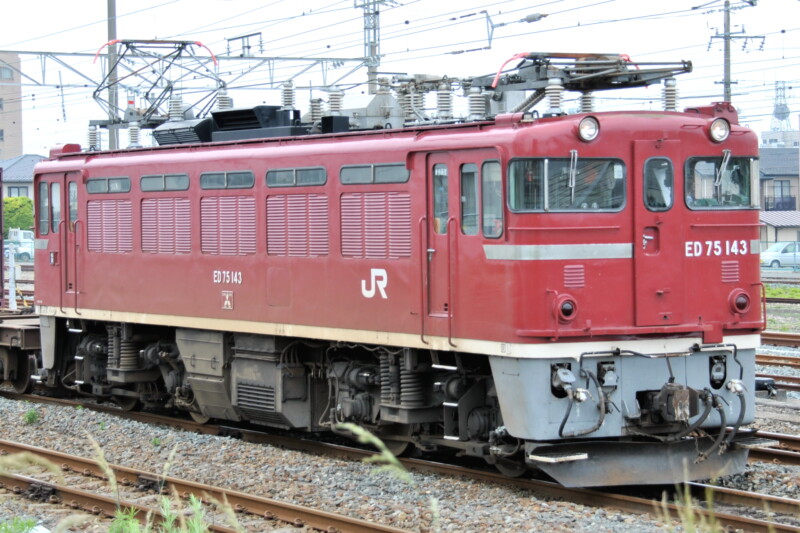
Author : Kuha455405 – Photographed by himself, CC Display-Inheritance 3.0,
https://commons.wikimedia.org/w/index.php?curid=10673244
The ED75 type electric locomotive is a locomotive that has been widely used mainly on the Tohoku region routes.
Another article also introduces some of the exploits of this locomotive.
If you change the locomotive twice along the way, that alone will lead to a loss of time.
On the other hand, if you have a locomotive that can run with DC or AC and is equipped with equipment that is compatible with the Seikan Tunnel, you won't have to change the locomotive along the way.
Not only that, it also allows for the future to reduce the number of locomotives owned by JR Freight, which operates freight trains, which also has the advantages of simplifying the operation of locomotives and reducing maintenance.
About three types of locomotives aimed at this type of specification were prototyped, but the EH500 electric locomotive was chosen and mass-produced.
This distinctive feature of the time was that the two cars were connected to the body in order to ensure towing performance of about two conventional locomotives.
Initially, the operation was mainly based on AC electrification sections.

The prototype of the EH500 electric locomotive was completed in 1997, and mass-produced cars began production in 2000.
Around the time mass production began, a public call for the nickname was held and the name was named
ECO-POWER Kintaro As planned, Kintaro was put into freight trains connecting the metropolitan area and Hokkaido, but due to the long running section, the increase in inspection frequency and the decline in operating rate due to breakdowns were the drawback, and for a while the main focus was only operating on the AC electrified section north of Kuroiso Station.
Even though we had developed a locomotive that could run even with DC, there was a time when it was a waste of money.
It also appears that the company has gone to the trouble of returning the ED75, which was supposed to be eliminated, as Kintaro's operating rate fell and there was a shortage of locomotives.
As the 2010s began, occupancy rates had stabilized, and the Tokyo metropolitan area's adoption of DC electrification began to expand again.
In 2012, the ED75 series was finally stopped operating , and the freight trains running on the Tohoku Main Line (north from Kuroiso Station) were basically led by Kintaro.
Meanwhile, with the opening of the Hokkaido Shinkansen in 2016, the electrification system of the Seikan Tunnel, which will also be passing through, was changed (the voltage boosted from 20,000 volts to 25,000 volts).
The EH800 series, a locomotive dedicated to the Seikan Tunnel section, will be handled by the EH800 series, and Kintaro has finished accessing the Seikan Tunnel section.

While the entry into the Seikan Tunnel, one of the missions that Kintaro was originally developed, has now ended, there is even more room for Kintaro to operate, and it is also being operated at Akita Freight Station on the Ou Main Line, which had not been previously available, and Sagami Freight Station on the Tokaido Main Line.
It also has been introduced into the Kanmon Tunnel
In 2007, Kintaro was also introduced to the Kanmon Tunnel connecting Yamaguchi Prefecture and Fukuoka Prefecture.
The purpose of the introduction was to replace the traditional locomotives, the EF81 type, manufactured during the JNR era, and to begin operation of 26 long freight trains (1,300-ton freight trains) in Kyushu.
The Kintaro's operating section for the Kanmon Tunnel is almost limited to the section from Hatabu in Yamaguchi Prefecture to Fukuoka Freight Terminal Station in Fukuoka Prefecture, so freight trains operating beyond this section are basically replaced with other locomotives at both stations.
It can be said that the operational policy is different from that of Kintaro in the Tohoku region, which leads through a wide range of areas.

Kintaro is an ace locomotive in the Tohoku region

EH500 type: Kintaro: A total of 82 Kintaro cars are manufactured, with 67 cars mainly on the Tohoku Main Line, and 15 cars are active in the Kanmon Tunnel section.
Although it also runs through the Kanmon Tunnel, I get the impression that it is a locomotive from the Tohoku region, as it was originally developed for the Tohoku Main Line and the large number of vehicles operated on the Tohoku Main Line.
Since it is a JR freight locomotive, passenger trains are generally not towed, but in 2017, as part of the "30th anniversary tour of JR companies' establishments," we saw a rare sight in which the EH500 series, of course, was towed by passengers, for the luxurious sleeper express "Cassiopeia" owned by JR East.
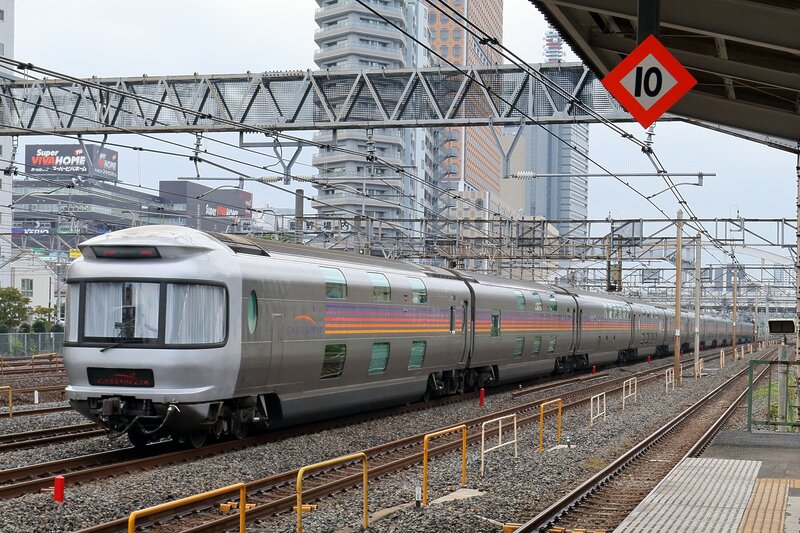
Just like the old ED75 model, the EH500 model: Kintaro can be said to be the unshakable ace locomotive in the Tohoku region.


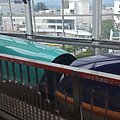


![I read the picture book "I Got on the Train" [Aomori Prefecture] Mashumaru](https://jp.neft.asia/wp-content/uploads/2025/08/2244492_s-150x150.jpg)
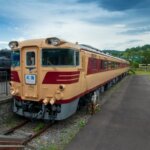


![The extremely complicated operational form of "Rikuchu" that once existed express train is a legendary story [Iwate Prefecture] OLYMPUS DIGITAL CAMERA](https://jp.neft.asia/wp-content/uploads/2024/03/27308568_l-150x150.jpg)
![The disappearing super local line "Nicchu Line" [Fukushima Prefecture] 04_MG_8461](https://jp.neft.asia/wp-content/uploads/2024/07/04_MG_8461-150x150.jpg)
![This is the finale after drinking! Introducing all the classic final gourmet foods from the six Tohoku prefectures [Tohoku prefectures] 2647405_m](https://jp.neft.asia/wp-content/uploads/2025/05/2647405_m-150x150.jpg)
